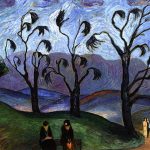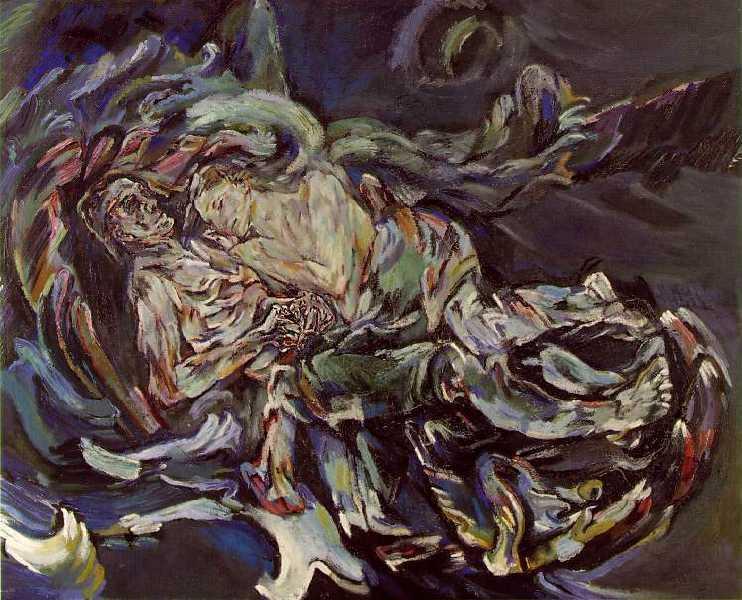
Oskar Kokoschka (1886-1980) was an Austrian painter, printmaker, and playwright known for his expressionist works, including portraits and landscapes. Here’s a brief biography of his life:
Early Life:
- Oskar Kokoschka was born on March 1, 1886, in Pöchlarn, Austria, as the second child of Gustav Kokoschka, a goldsmith, and Maria Romana Kokoschka.
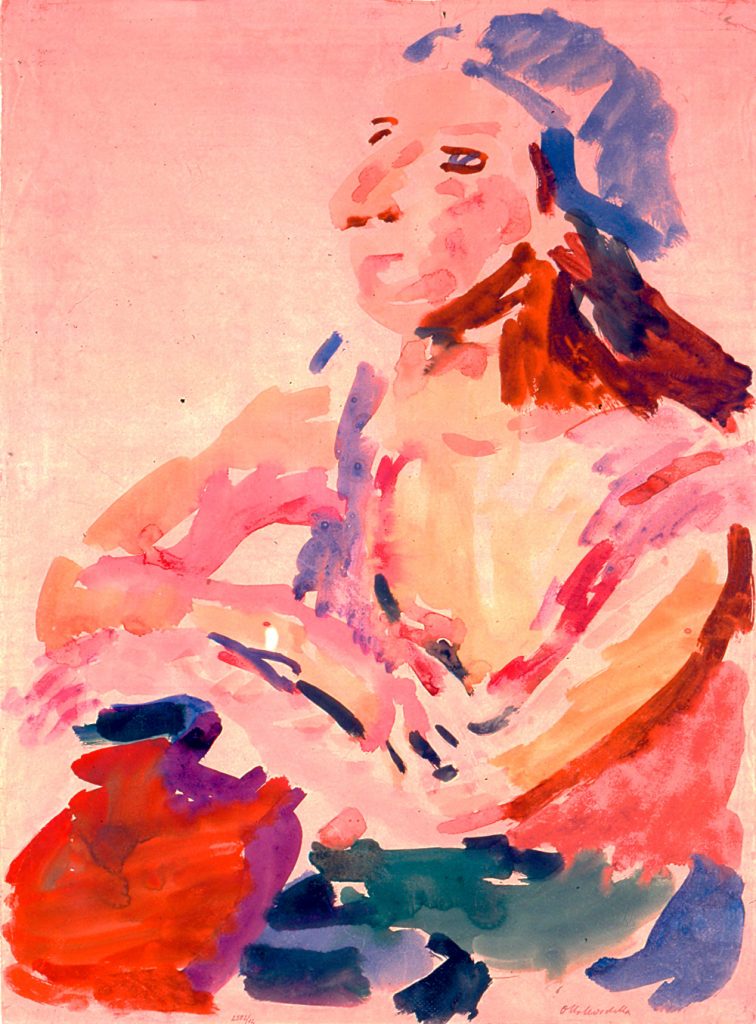
Artistic Beginnings:
- He studied at the School of Arts and Crafts in Vienna from 1905 to 1909, where he initially focused on applied arts. However, he soon shifted to painting and became associated with the Vienna Secession, a group of avant-garde artists.
Expressionist Style:
- Kokoschka is often associated with the expressionist movement, which emphasized emotional intensity, bold colors, and distorted forms. His early works are characterized by their raw and vivid depictions of the human figure and their emotional impact.
Relationship with Alma Mahler:
- One of the most famous aspects of Kokoschka’s life was his tumultuous and passionate love affair with Alma Mahler, the widow of composer Gustav Mahler and a prominent figure in Vienna’s cultural scene. Kokoschka painted numerous portraits of Alma during their relationship.
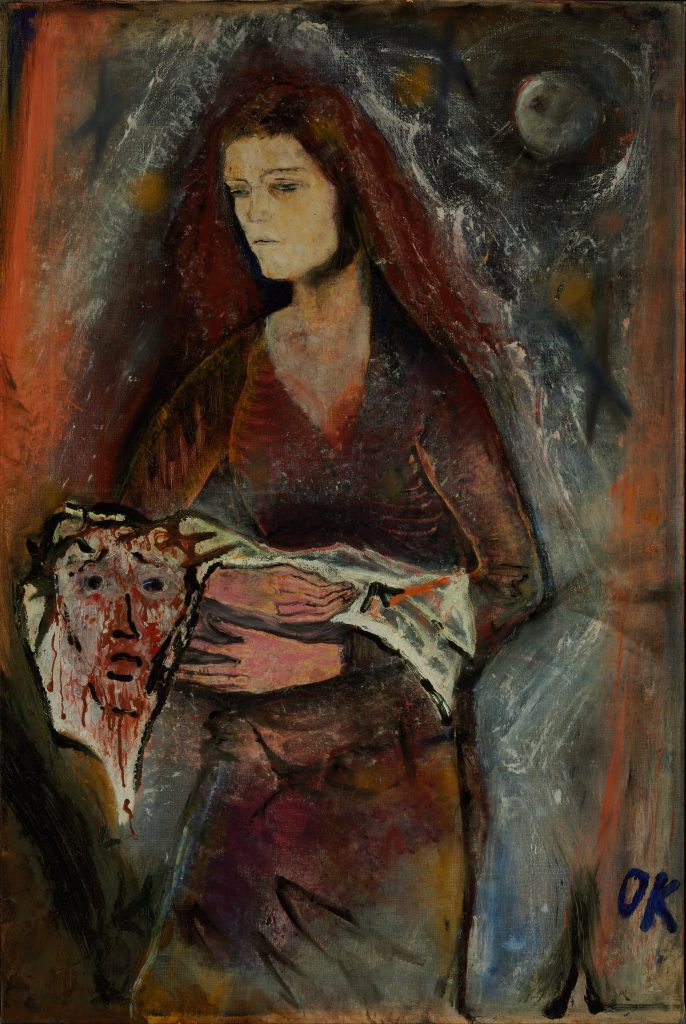
World War I and Exile:
- During World War I, Kokoschka served as a soldier and war artist. His war experiences had a profound impact on his art. After the war, he continued to paint, but his style evolved, becoming more abstract.
Later Career:
- Kokoschka’s career extended beyond painting. He wrote plays, poetry, and essays and was involved in theater productions. He also taught art and held various positions at art academies.
Exile and Return:
- The rise of the Nazi regime in Germany and Austria forced Kokoschka, whose art was considered degenerate by the Nazis, into exile. He lived in various European cities during this period. After World War II, he returned to his native Austria.
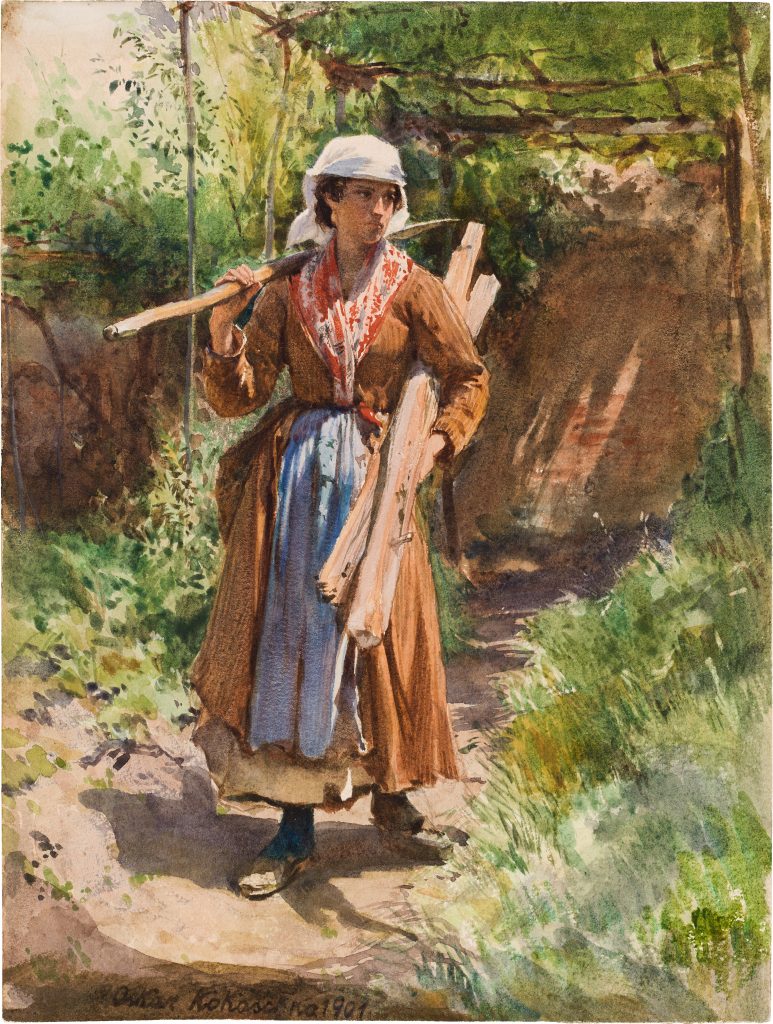
Legacy:
- Oskar Kokoschka’s art and influence are notable for his contributions to expressionism and his unique, emotionally charged style. His portraits, landscapes, and plays continue to be studied and celebrated for their innovation and their role in shaping the modern art scene.
Oskar Kokoschka passed away on February 22, 1980, in Villeneuve, Switzerland. His work is displayed in museums and galleries around the world, and his legacy endures as a significant figure in the history of 20th-century art.




